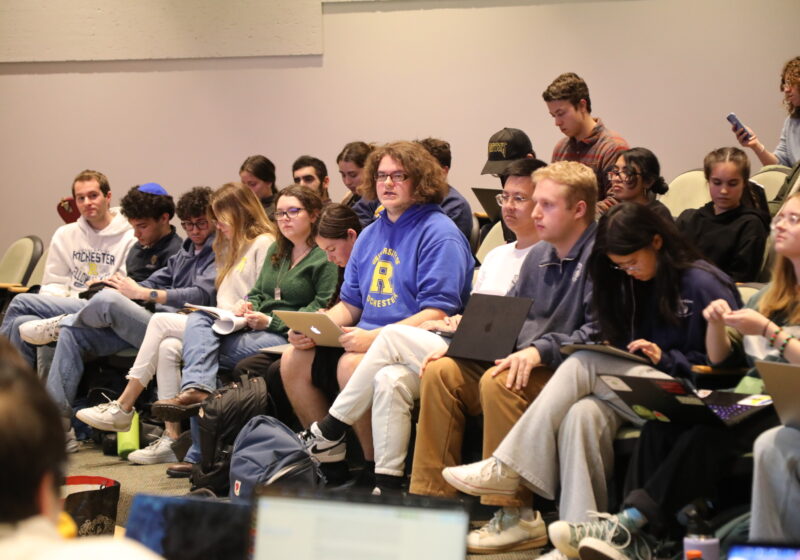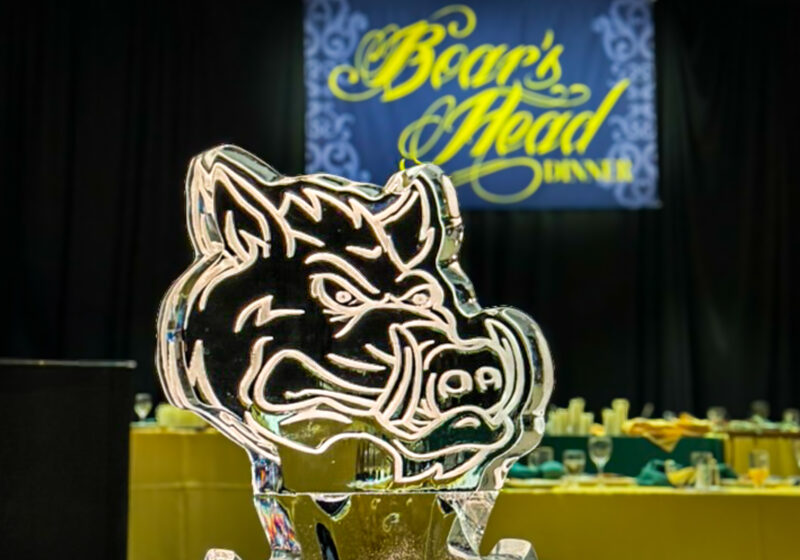I used to wonder what the “GLBT Safe Zone” stickers were that hung in the doorways of my elementary school classrooms, people’s dorm rooms and my teachers’ offices. I decided it meant that people could be themselves in these areas and I moved on to wondering how to get involved in the sport of curling.
However, according to Safe Zone Coordinator and senior Mary Frishman, hanging one of these stickers in your doorway signifies that you have completed the Safe Zone training program and that you are open to talking to people about lesbian, gay, bisexual and transgender issues.
“Safe Zone is a 50 minute training program where we teach people about GLBT issues,” Frishman said. “At the end of the training, we give people the option of receiving a Safe Zone card that they can hang on their office or dorm room door – this is a person that others can come to, to talk about GLBT issues.”
The training session begins with a Safe Zone mission statement – “To identify safe spaces on campus for individuals to openly discuss gay, lesbian, bisexual and transgender issues, both academic and personal.”
This is followed by a series of mini-workshops in which participants discuss a wide variety of issues presently facing the GLBT community. These include a discussion on the legal and social obstacles that are faced by GLBT individuals, myths and facts surrounding the GLBT community, homophobia and biphobia and how people can be an ally in the community.
“The goal is to provide accurate information and facts about gender identity and sexual orientation, to provide the opportunity to examine personal and societal attitudes and beliefs about gender identity and sexual orientation and to explore ways to improve the quality of life for lesbian, gay, bisexual and transgender people in our community,” Frishman said.
The program began seven years ago by a student who visited Cornell University and saw the success of their Safe Zone program. “Her early vision was that Safe Zone must be student coordinated and it must work along side but separate from the Pride Network,” Associate Director of Residential Life and member of the Safe Zone Advisory Committee Dan Watts said. “She believed that Pride Network had different emphases from year to year and she believed that for the Safe Zone program to be viable in the long term, it should live as a separate initiative. Even though Safe Zone is separate from Pride Network, there has always been a very close relationship between the two.”
Typically, Safe Zone trainings are done by request – a fraternity, sorority, sports team, SA organization, etc. can contact Safe Zone to organize a training session at safezone@mail.rochester.edu.
In the upcoming weeks, five sessions will be held that will be open to students, faculty and the UR Medical Center. “We have separate programs for students and for faculty so that the faculty members can be among their peers and feel more comfortable,” Frishman said. The first faculty training will be held on March 8 in the Hawkins-Carlson Room of Rush Rhees Library.
Those involved with Safe Zone are very proud of its success and the impact it has had on so many people over the years.
“The program is very successful, as evidenced by the number of Safe Zone cards that are visible all over campus,” Watts said.
“There is no judgment imposed on anyone who does not participate, and that is a success. Students, faculty and administrators continue to come to Safe Zone training sessions and the interest has remained steady for all these years. People who are exploring issues of sexual orientation or gender identity may or may not ever approach a Safe Zone member and frankly we make no attempt to track that information, but I believe that the presence and visibility of allies on campus sends the message that everyone has a place here.”
Paret can be reached ateparet@campustimes.org.




